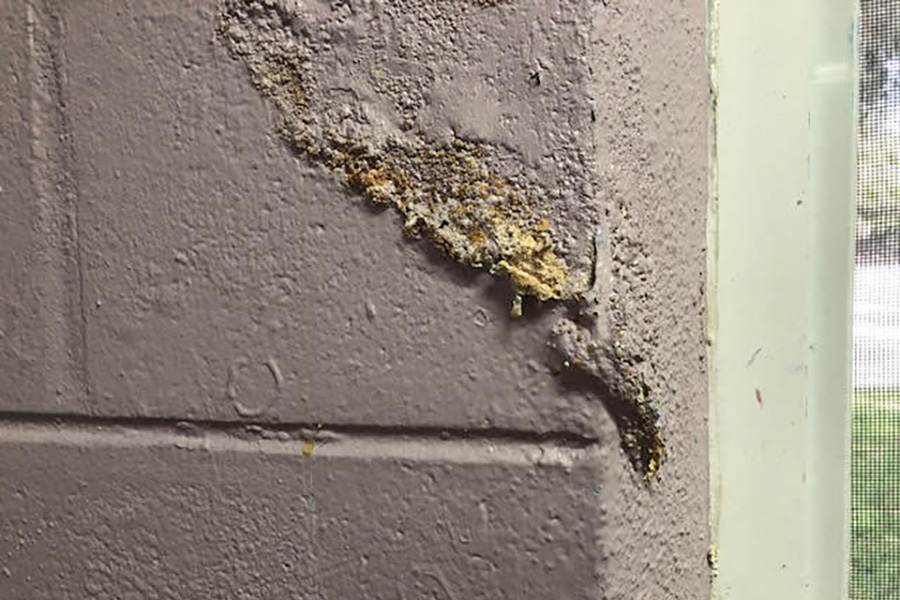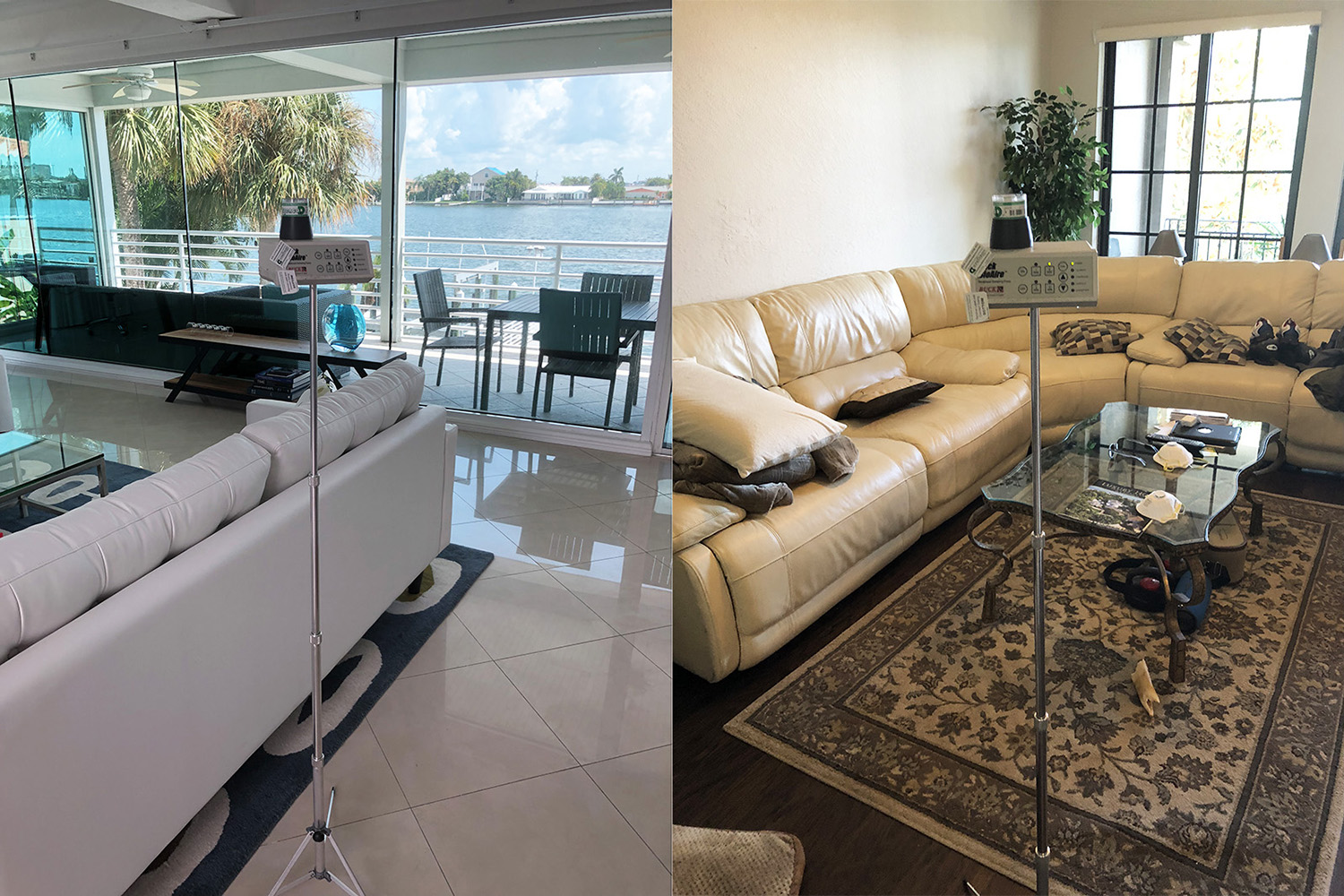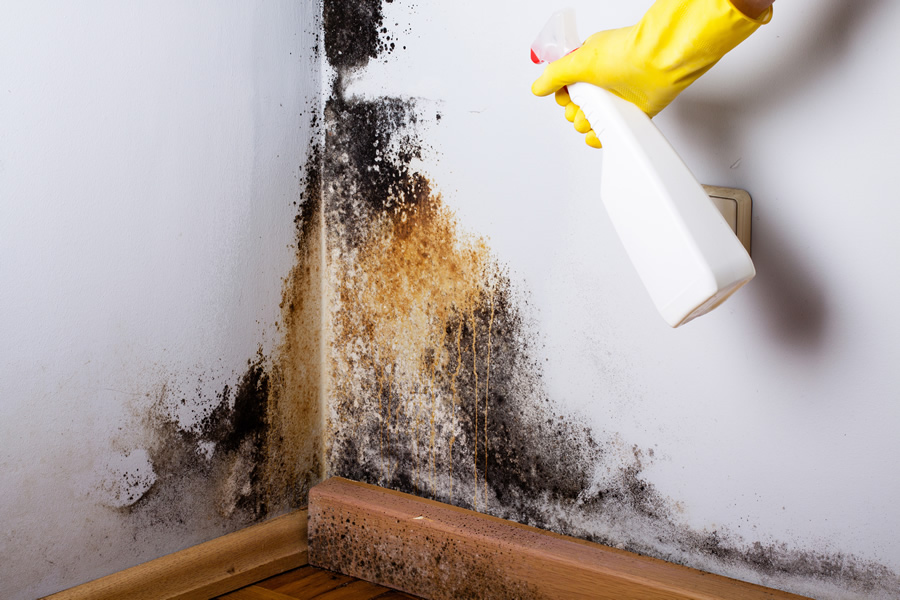No it’s Efflorescence –
You have probably seen efflorescence at some time. Oftentimes, water invades building materials. This water, containing mineral salts, then migrates to the surface of a material and evaporates, where it leaves a coating of salt. The fluffy white deposit, sometimes known as “saltpetering” can normally be brushed or wiped off. It can also be removed from cement with phosphoric acid.
Oftentimes, additives are added to construction materials to prevent efflorescence because it is not just an aesthetic problem. When seen on porous construction materials, it can sometimes indicate internal structural weakness due to previous water intrusion. It can also clog the pores of construction materials such as concrete and brick, breaking up these materials by means of internal water pressure.
The best way to prevent further efflorescence from developing on surfaces is to use a hydro-phobic sealer on cleaned surfaces and prevent further water intrusion. This is best done in states like Florida that don’t experience freezing/thawing temperatures, as some sealers can also cause damage to concrete if frozen and thawed.
Sometimes efflorescence is confused for mold, as surface molds can have a fluffy white appearance similar to efflorescence. If you are not sure, or are suspecting mold contamination, Dan Brave at Expert Mold Test will always take the time to review and explain your situation and address your concerns. He can be reached at www.expertmoldtest.com or call him directly at 770-533-3308




